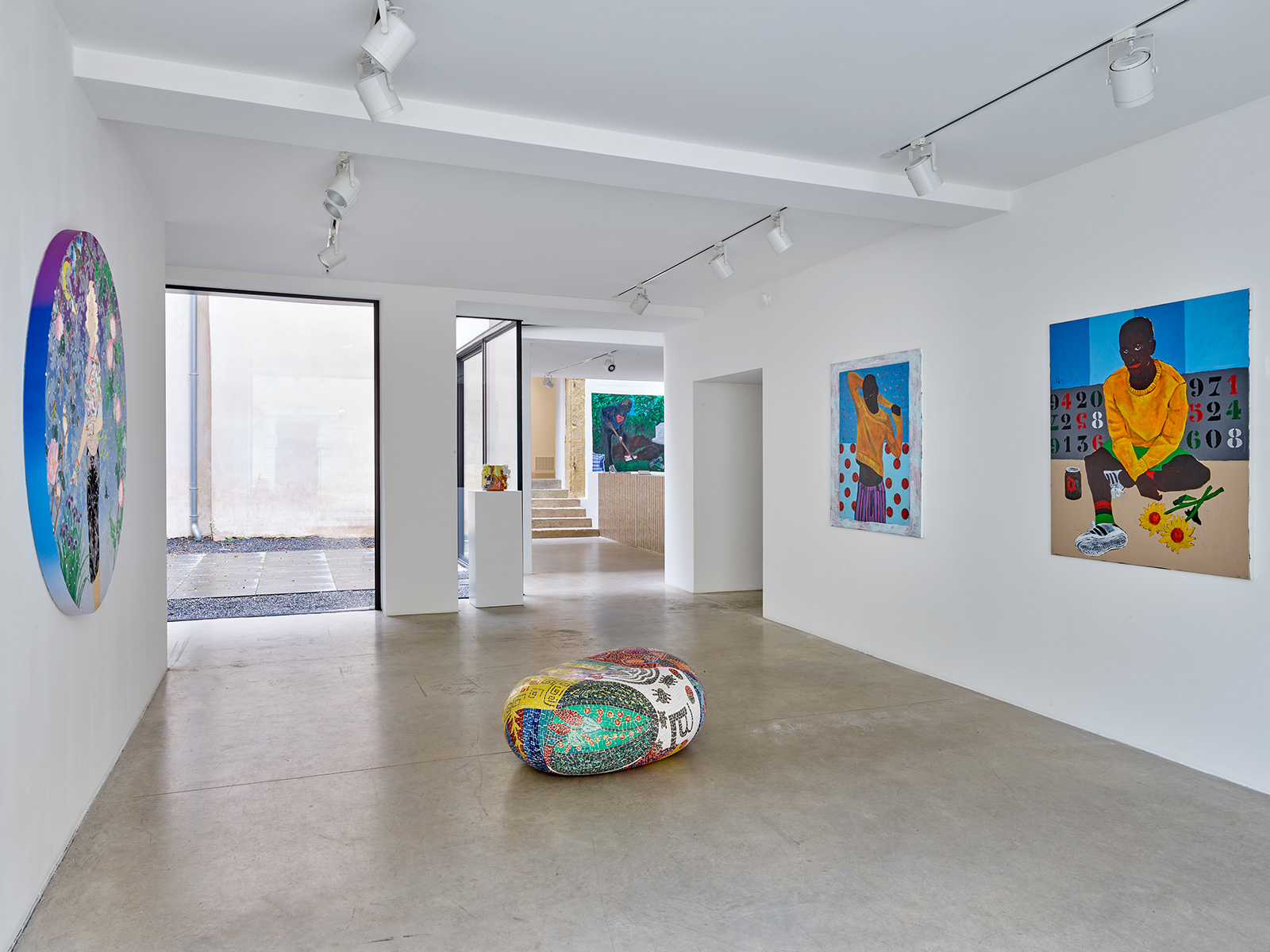
Zidoun-Bossuyt Gallery is proud to present new works by Yashua Klos, John Madu, Tomokazu Matsuyama, Godwin Champs Namuyimba, Brian Rochefort and Summer Wheat.
As the exploration of the outside world has recently been restricted, these works formulate a new investigation of memory and humanity. Displaying their works together represents an exciting opportunity to discover the theme of complexity of identity and appreciate their unique approach to the use of color and pattern. Their investigations into heritage, local and global culture resonate with todays societal concerns and awards their juxtaposition a particularly compelling relevance.
PRESS RELEASE
YASHUA KLOS
Yashua Klos explores issues of identity through the lenses of mythical blackness.
His formal construction of disparate collaged images mirrors the constant fracturing and reconciliation of blackness, masculinity and family structures within the black urban environment. Yashua Klos sees collage itself, as a medium, as a metaphor for the fragmentation of American identity. The artist also references the larger ideas of ancestry, mythology and cosmology. His constructions lead one into an imaginary landscape, at once ancient and futuristic, classic and sci-fi, where identity is both in question and shockingly evident.
Yashua Klos creates his own shallow cubist space by juxtaposing and overlapping smaller collage elements, twisting and turning their orientation to create the illusion of spatial movement and three- dimensional wall sculpture. The impression of fractured space is furthered by the angled vantage points and foreshortened views of recognizable images.
These are collages hung directly, unframed, on the wall that appear to be intricate patterns composed of multiple, repetitive elements that appear from afar as abstract units. What distinguishes Klos’ work is that these small elements are as often representational or figurative as abstract. They converge to create the larger, whole, images, also representational, often portraits and figures emerging out of an unidentifiable pile of rubble. Heads and faces emerge out of abstract shapes that double as both building blocks and debris. This physical complexity echoes the psychological ambiguities that comprise Klos’ subject. Perhaps a sculptor at heart, Klos transforms his two-dimensional collages into three-dimensional illusions, works that are at once flat on the wall and appear built out, more like sculptural reliefs.
Yashua Klos was born in 1977 in Chicago, Illinois and lives and works in Los Angeles, California. He is a visual artist who employs a unique process of collaging his own woodblock printed textures to engage ideas about Blackness as an adaptive material for survival strategies. Klos’ work have been shown in museums and galleries across the states and internationally, including the Studio Museum of Harlem, the Weatherspoon Museum, Greensboro, North Carolina, What If The World in Johannesburg, South Africa, Tilton Gallery in New York City, and UTA Artist Space in LA. Klos’ first solo museum show is in 2022 at the Wellin Museum in Clinton NY. Klos’ works have been reviewed in the NY Times, and he’s been awarded residencies at Skowhegan, The Vermont Studio Center, and Bemis. He is the recipient of a Joan Mitchell Fellowship and a NYFA grant.
GODWIN CHAMPS NAMUYIMBA
Godwin Champs Namuyimba, born and based in Kampala, Uganda, is a unique voice within the African diaspora of contemporary painters. His pictorial investigations use what in psychology is commonly known as a “third form of intelligence”, namely that of intuition. Namuyimba incorporates the subjects that come to him on a daily basis, many times to impose themselves with familiarity and to disrupt his flow of concentration that leads to sharper content. These are family members, neighbours, nosy landladies, fixers, salesmen, friends and hard struck friends-of- friends wanting to borrow money and anything in-between.
Namuyimba has an acute sense of observation to extract the fantastical from the mundane and an unintentional poetry of humanity that people offer through insights into their most vulnerable moments. The eye of the artist wanders around in these paintings and sometimes his perspectives are dizzyingly misplaced to an untrained eye. But these discombobulating perspectives tell us more about the act of looking, as if we were there ourselves, looking around, up and down, from side to side. Namuyimba shares this act of observation with the masters of yesteryear such as Paul Cezanne and Juan Gris and his paintings come together in compositions that remind us that the act of observation is never stationary. It is forever changing and fleeting.
From subject to content, the pictorial investigation that Namuyimba is undertaking conjure thoughts about his place in an ever-changing narrative that is born from the rapidly changing state of cultural production globally. Says Namuyimba – “I use human form to explore the construction of identity in relation to race and individuality in a postcolonial African context. I also attempt to critique stereotypical depictions of black people, while I explore the conflicts and tensions between the ideologies of Afrocentrism and Eurocentrism.”
Unlike other painters who get caught up in empathetic views on black people in the West, which can at times display a secondary observation from that which has been lived and experienced at first hand, Namuyimba’s works are firmly grounded in the East African narrative where historical roots runs deep and the stories are perpetuated through ritual, ceremony and oral memory. The black experience through the Western lens speak historically of abduction, subjugation, servitude and a shared trauma. Whilst the Eastern African experience tell a vastly different story, which is that of tribal power struggles, the egomaniacal folly of kings – old and new, the quiet spirits that still permeate and inhabit peoples daily lives, to that of overcoming more recent historical events that laid waste to the colonial narrative replaced by youth, innovation, reinvigoration and a hope for change.
Godwin Namuyimba was born in 1989 and grew up in Masaka, Uganda. He currently lives and works in Kampala, Uganda. He holds a BFA from Kyambogo University. He exhibited internationally at East Projects (New York), Anne de Villepoix (Paris), Galleri Steinsland & Berliner Gallery (Stockholm). He recently finished a residency in Brussels with Stjarna.art (May 2021).
JOHN MADU
John Madu is a Nigerian multi-disciplinary artist born in Lagos, best known for his figurative symbolic style of paintings. His work can be described as eclectic because of how he derives ideas, from a various range of influences and sources based on popular culture, African history, art history and personal experiences. Symbolism is usually evident in his work, with reoccurring iconography such as books, paintings, and other recognizable items which convey a certain meaning in art, and act as metaphors to a subject.
John Madu conveys personal narratives through allegories in his vibrant paintings. His subjects, usually depicted within their intimate domestic spaces, seemingly pose or are caught in mid- reflection. John Madu pays careful attention to the symbolism of the objects in his portraits, finding hidden meanings in the routine decor of the house. Artworks are hung on the walls of bedrooms and living rooms using surreal colors including orange hair and pink walls. The quiet subtleties of his objects come out in the small details: the texture of the popular Ankara wax fabric, the pattern of a Ghana-must-go bag, the curved design of a table lamp, …
John Madu was born in 1983 in Lago, Nigeria. With a B.sc in policy and strategic studies, John Madu has taught himself, how to follow a natural flow of research and idea development, exploring all possible concepts, until it is innovative and ready for high quality production, and above all to embrace his individual style, with a wide array of mediums such as acrylic paint, oil paint, spray paint, ink, burlap and collage. His multidisciplinary approach has guided his creative interest in design objects, sculpture, functional art, and even artistic fashion pieces. Madu’s art has been featured in contemporary art exhibitions locally and internationally he has collaborated with international brands such as DIESEL and Bombay Sapphire, and believes art should be perceived as a time continuum like the way we see nature and an instantaneous reflection of the creative part of ourselves being expressed, when a viewer comes in contact with his work. John Madu’s first solo show at Zidoun-Bossuyt Gallery is planned for spring 2022.
TOMOKAZU MATSUYAMA
Celebrated for interweaving the canons of East and West, New-York based artist Tomokazu Matsuyama’s oeuvre defies traditional categorization. Matsuyama’s paintings and sculpture reflects a strategic adoption of Eastern and Western motifs, a response to his upbringing and the impact of globalization on cultural identity. In the tradition of pop art, his work addresses the dichotomy of high and low art and speaks to the populist notion of contemporary urban culture.
In his figurative works, yet identifiable elements of pop culture are coupled with references to historical masters of both spheres. Obvious influences from the high-brow Kano school, a dominant style of painting in Japan from the 15th – 18th centuries, seamlessly blend with homage to American styles of painting such as Abstract Expressionism, and decorative motifs drawn from notable Western fashion and interior designs.
The restrained abstract works pay homage to NY school of Post War Abstract Expressionist Painters, but instead of allowing the gestural underlay of the paintings to remain spontaneous and untouched, the artist confines them into mandalic patterns, referencing the origami cranes made in the East as good-luck charms. In this way, his abstract works have a concrete meaning in a way abstract expressionism never sought to pursue.
Tomokazu Matsuyama was born in 1976 in Gifu, Japan and is based in Brooklyn, New York. He moved to the United States in 2002, after graduating from Sophia University. He received his MFA in Communications Design from the Pratt Institute, New York. Matsuyama’s works include painting, sculpture as well as public art installation and respond to his own bi-cultural experience of growing up between Japan and America by bringing together aspects of both Eastern and Western aesthetic system and reflect the changing modern society in the informatization. Numerous exhibitions have been held in major cities in the United States such as New York, Washington DC, San Francisco, Los Angeles, Japan, Dubai, Shanghai, Hong Kong, Taipei, Luxemburg, and other galleries, museums, and university facilities around the world. His works are in the permanent collections of LACMA, Asian Art Museum in San Francisco, Long Museum in China, the Royal Family, Bank of Sharjah Collection, Dubai, UAE, Microsoft Collection and more.
From 2012 to May 2017 he was an adjunct professor at the School of Visual Arts (SVA). In 2020, he designed and supervised the community art space at JR Shinjuku Station East Square and installed 7m-tall sculpture. In 2021, he was featured on NHK’s “Nichiyo Bijutsukan”, Japan’s longest running weekly arts TV program and his international activities and growing profile were well valued. He currently lives and works in Greenpoint, Brooklyn, New York.
BRIAN ROCHEFORT
Brian Rochefort uses ceramic and glazes to create arresting ceramic sculptures that suggest forms or phenomena in the natural world. Each work is built up of layers of mud and slip clay, which the artist repeatedly breaks and builds back meticulously over a period of time, and then fires, airbrushes, and glazes – over multiple firings, or as the artist enthuses, “as many glazes as possible until I can’t fire anymore.”
The Paint Can series is based on the famous image of Francis Bacon’s studio in disarray, where all his brushes and paint cans are piled up in the middle of the room. The surface of each cylinder references abstract painters that the artist admires such as Joan Mitchell, Albert Oehlen, and Willem de Kooning. Historically, functional vessels were decorated by the maker with narratives depicting everyday life or a story about the owner/maker. In his case, Rochefort glazes the work based on artists who he really admires.
Faced with the artworks by Rochefort, the viewer is capable of experiencing the extraordinary, be it from the future or from the past. The artist is able to create sculptures that look chaotic and broken yet controlled and beautiful with vibrant colours and textures that nod to artists like Franz West and Willem de Kooning.
Through rigorous investigations into process and material, Rochefort’s work manifests a level of expertise in ceramic making and a confident sense of colour, yet resisting the formal and technical confines of the medium of tradition-bound ceramics, exploring new territories of freedom, invention, and play. His sculptures look alien, exotic, from outer space or from the depths of the ocean. At first glance, the artworks range across the entire colour spectrum, but upon close inspection, each ceramic crater constitutes a world in itself: a rupturing microcosm with its own story to tell.
Brian Rochefort was born in 1985 in Rhode Island and lives and works in Los Angeles, CA. Brian Rochefort graduated at the Rhode Island School of Design in 2007. He was awarded the Lillian Fellowship of the Foundation Archie Bray for ceramic arts in Montana, 2007-2008. He exhibited internationally at Van Doren Waxter, NY (2017), Sorry We are closed, Brussels (2015 and 2018), Boca Raton Museum of Art, Florida (2017), the Everson Museum of Art, NY (2017) Massimo de Carlo, London (2019) and the Crocker Art Museum in Sacramento, CA (2019) among others. He is part of the Crocker Art Museum (CA) and the Everton Museum of Art (NY) collections. Brian Rochefort collaborate, Kris Van Assche, artistic director of Berlutti, for their 2021 Spring collection.
SUMMER WHEAT
Included in the exhibition is a serie of mosaic seats of Summer Wheat. Providing a tactile and grounding experience for the viewer, the seats are based on the form of river stones–smooth pebbles shaped by running water–and are adorned with hand-laid stone in the form of a mosaic. During a time of heightened virtual connection that leaves us reliant on two-dimensional screens, these seats offer a physical reminder of some of the earliest forms of storytelling and communication.
Beginning with drawings referencing inspiration from a broad spectrum of art historical references, ranging from Egyptian pictography to Native American imagery, from French Post-Impressionism to American Pop Art, Wheat questions the history of these narratives by proposing a contemporary perspective. She translates these drawings into brilliantly colorful, thickly encrusted paintings that appear almost sculptural as they bend slightly away from the wall like a tapestry.
Summer Wheat was born in 1977 in Oklahoma City, Oklahoma and lives and works in Brooklyn, New York. She earned a BA from University of Central Oklahoma and an MFA from Savannah College of Art and Design. Her work has been featured in recent museum exhibitions, including Kemper Museum of Contemporary Art, Kansas City, Missouri (2020); ICA Collection: Expanding the Field of Painting, Institute of Contemporary Art, Boston, Massachusetts (2013–14); Paint Things: Beyond the Stretcher, deCordova Museum and Sculpture Park, Lincoln, Massachusetts (2013); and Paradox Maintenance Technicians: A Comprehensive Manual to Contemporary Painting from Los Angeles and Beyond, Torrance Art Museum, Torrance, California (2013).
She is the recipient of the 2016 New York NADA Artadia Award given to one artist exhibiting at NADA New York. She is also the recipient of the 2019 Northern Trust Purchase Prize at EXPO Chicago and is now part of the permanent collection of the Speed Art Museum in Louisville, Kentucky. Wheat’s work is also in the permanent collections of Pérez Art Museum, Miami, Florida; the Dallas Museum of Art, Dallas, Texas; de Young Museum, San Francisco, California; The Henry Art Gallery at the University of Washington, Seattle, Washington; and The Mint Museum, Charlotte, North Carolina.

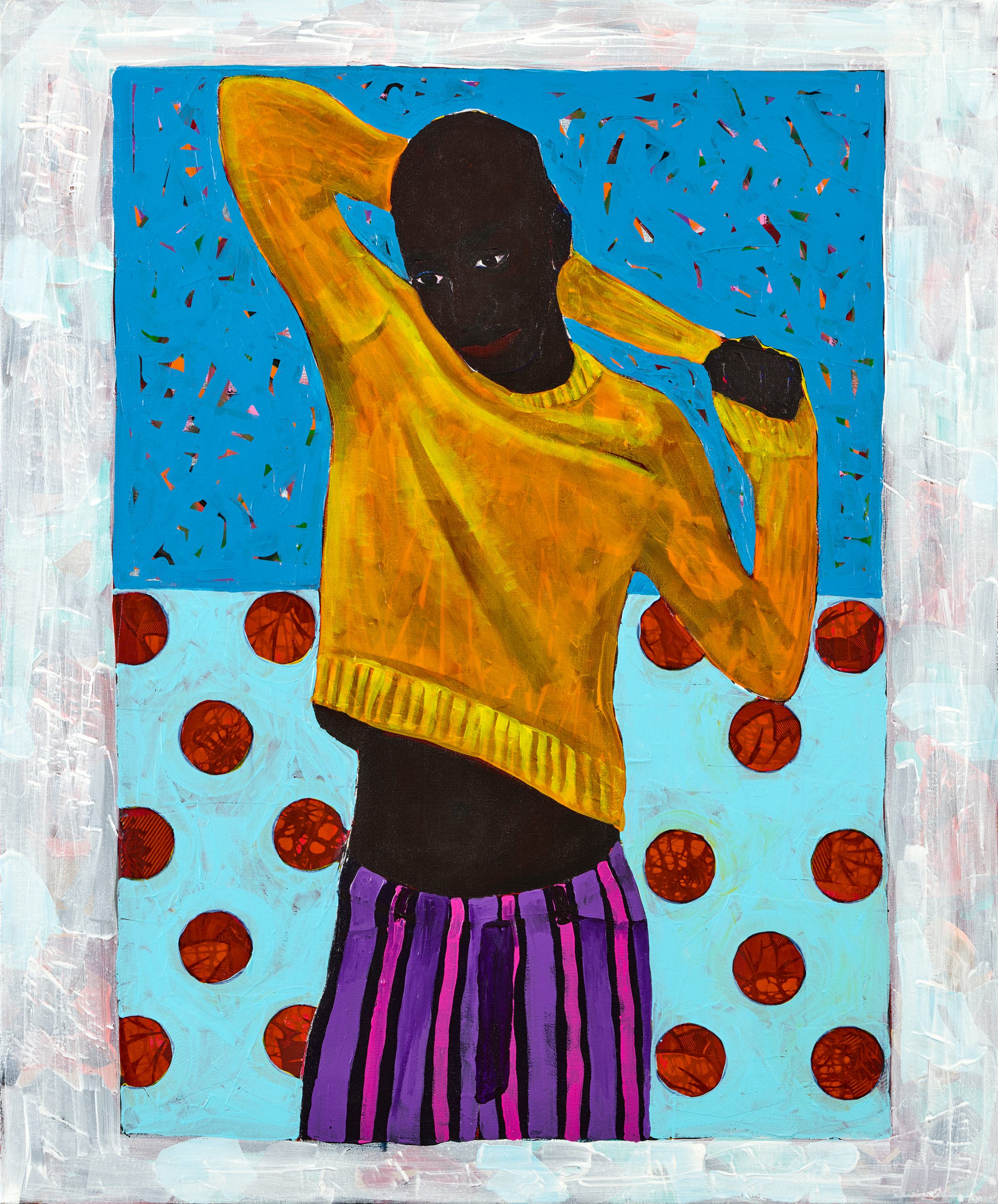
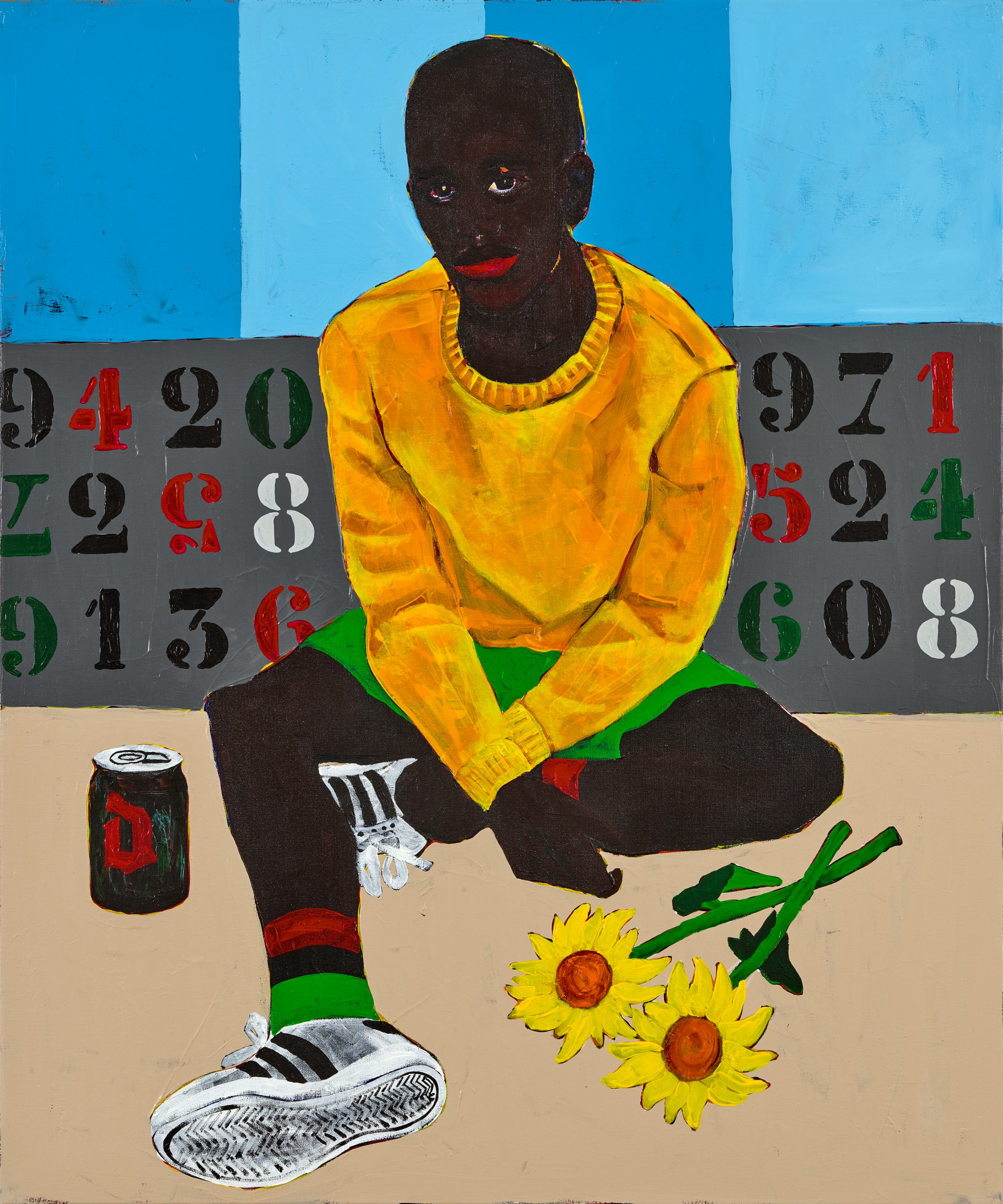
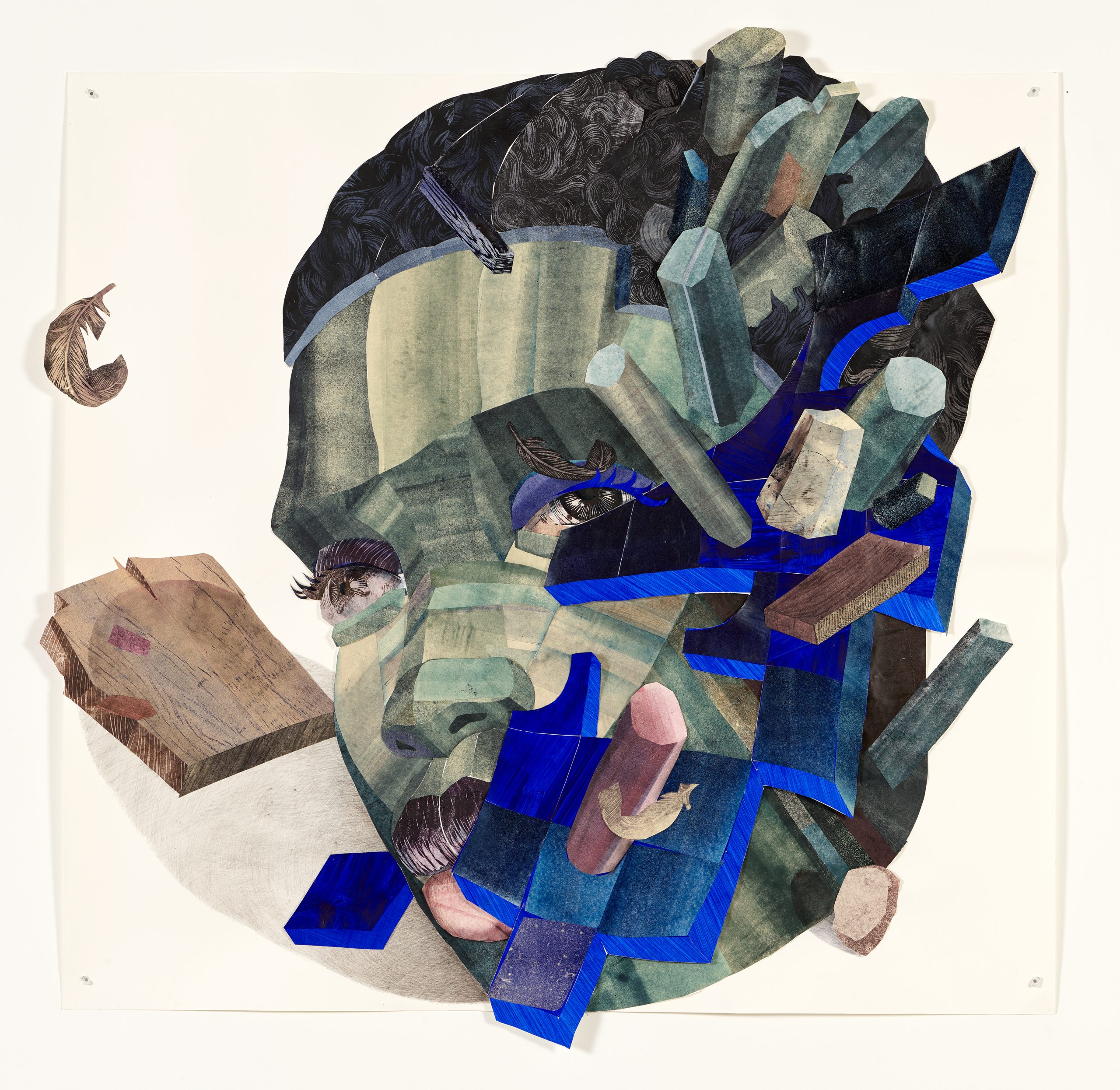

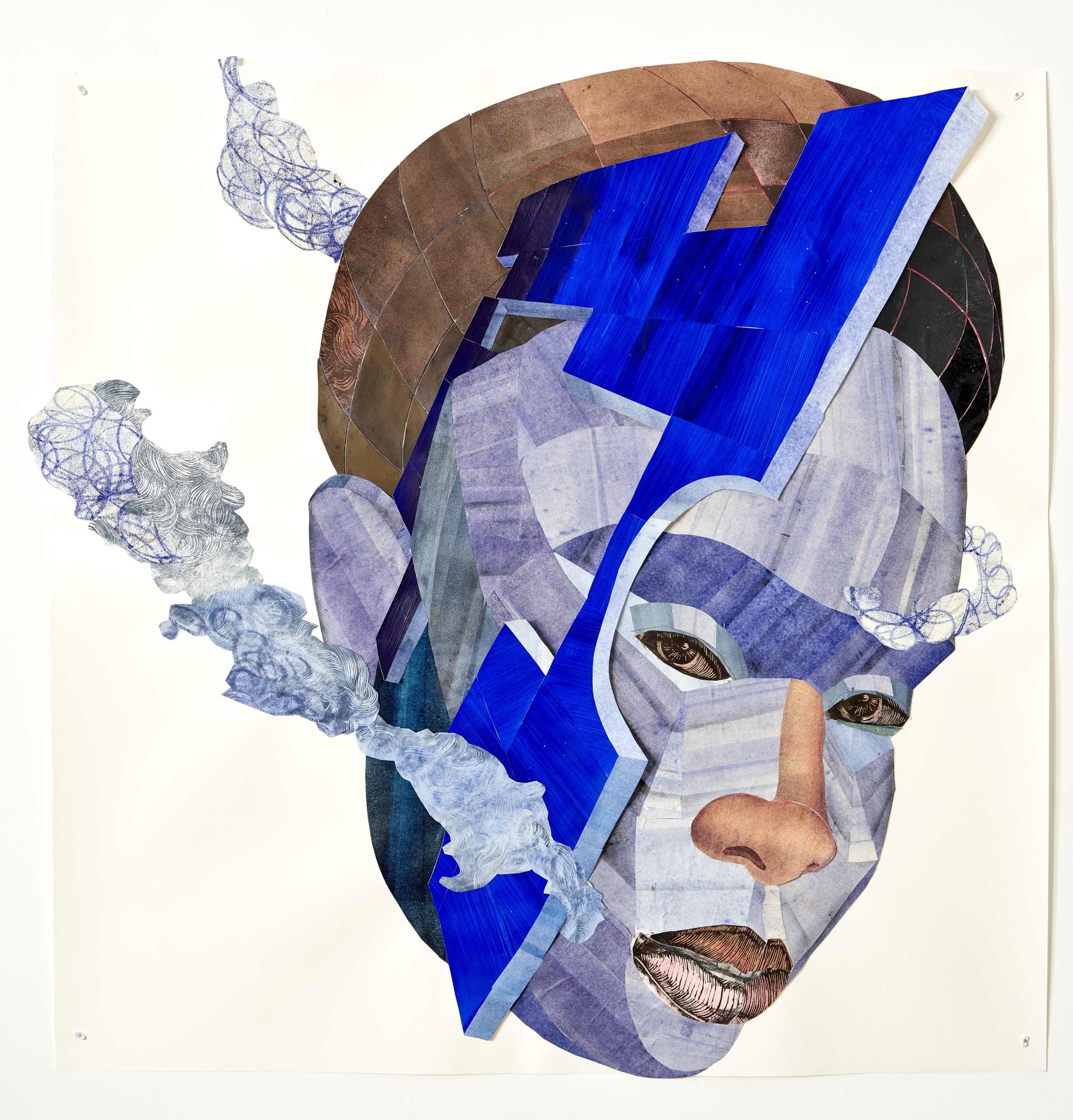
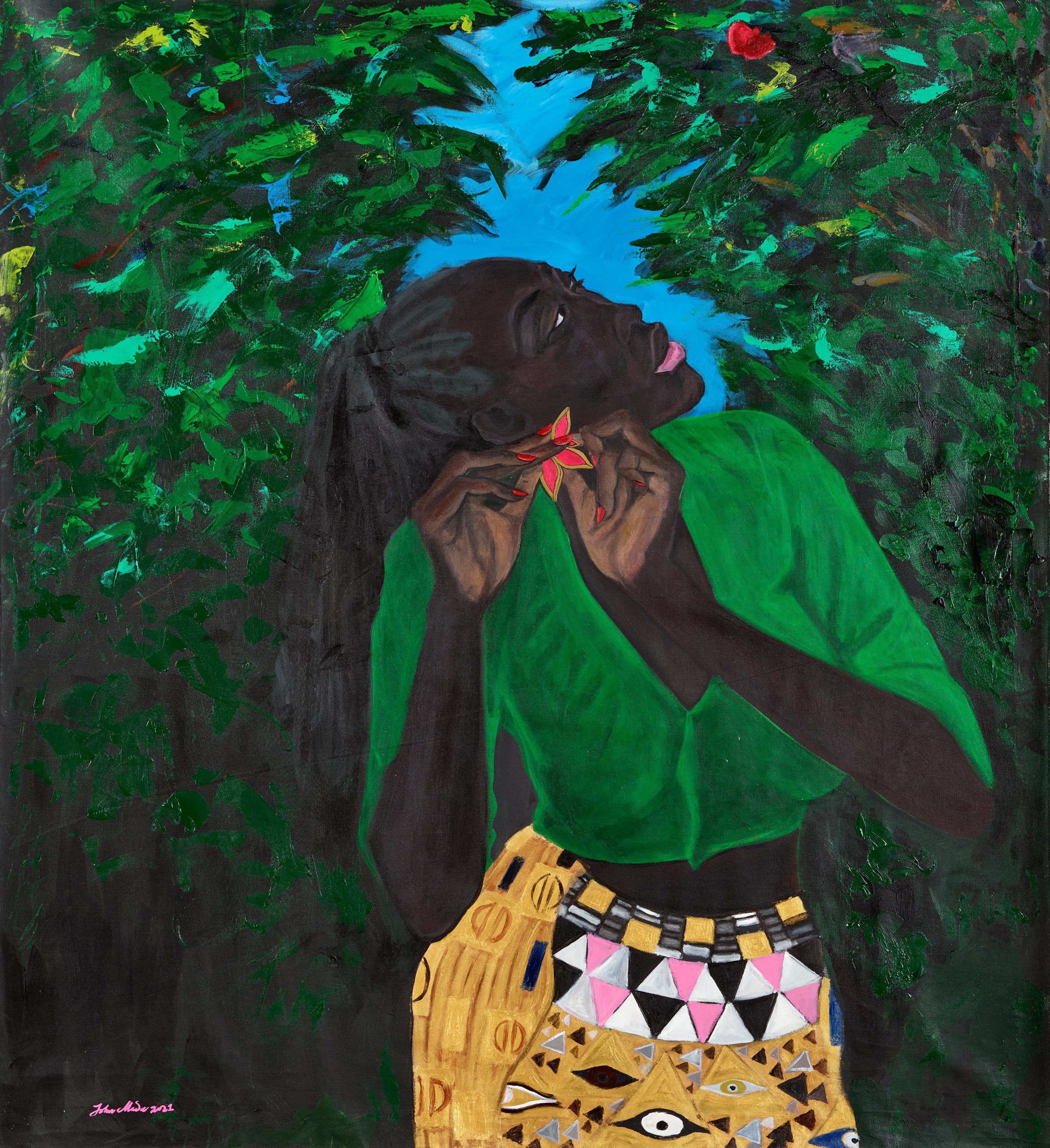
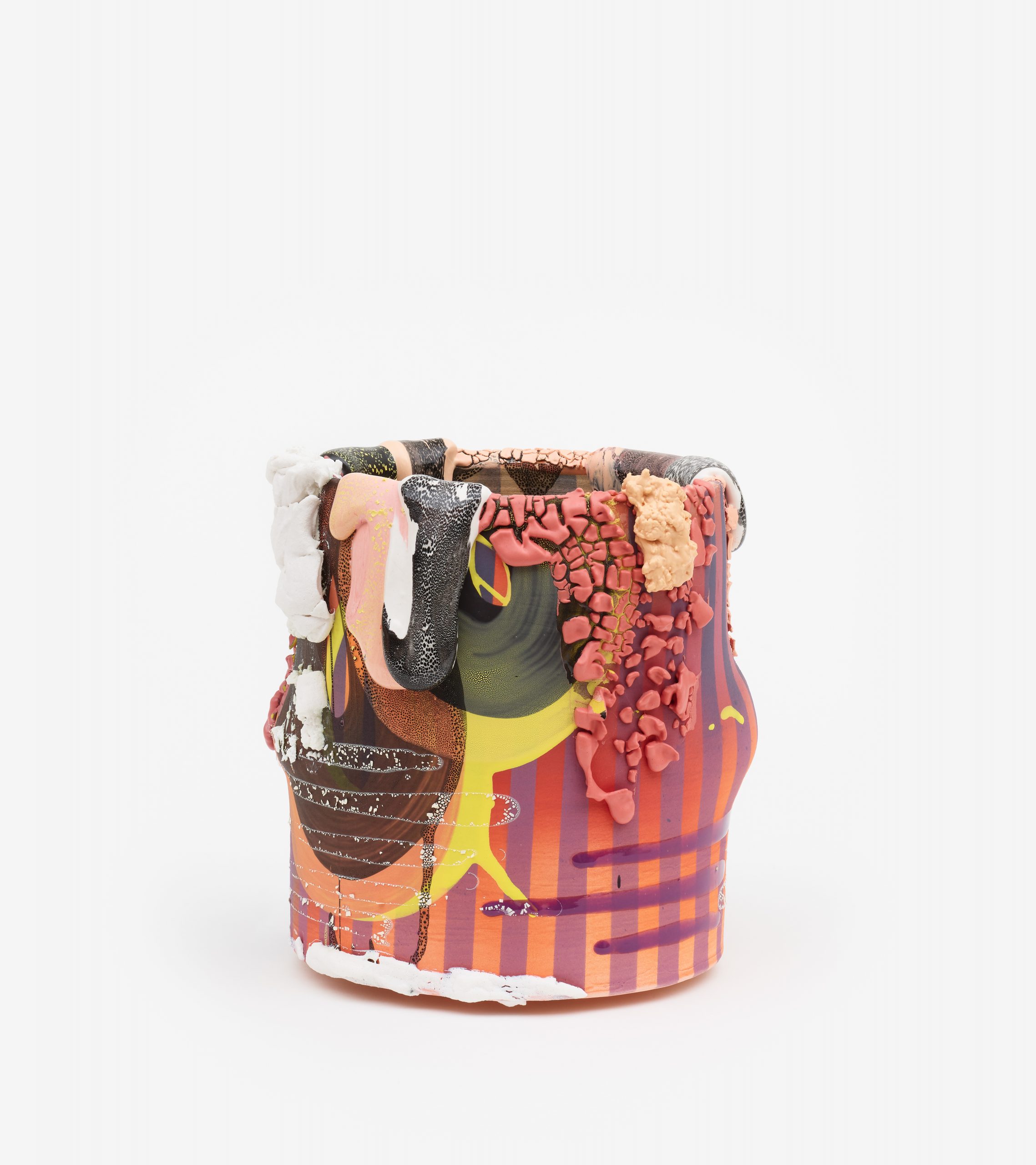

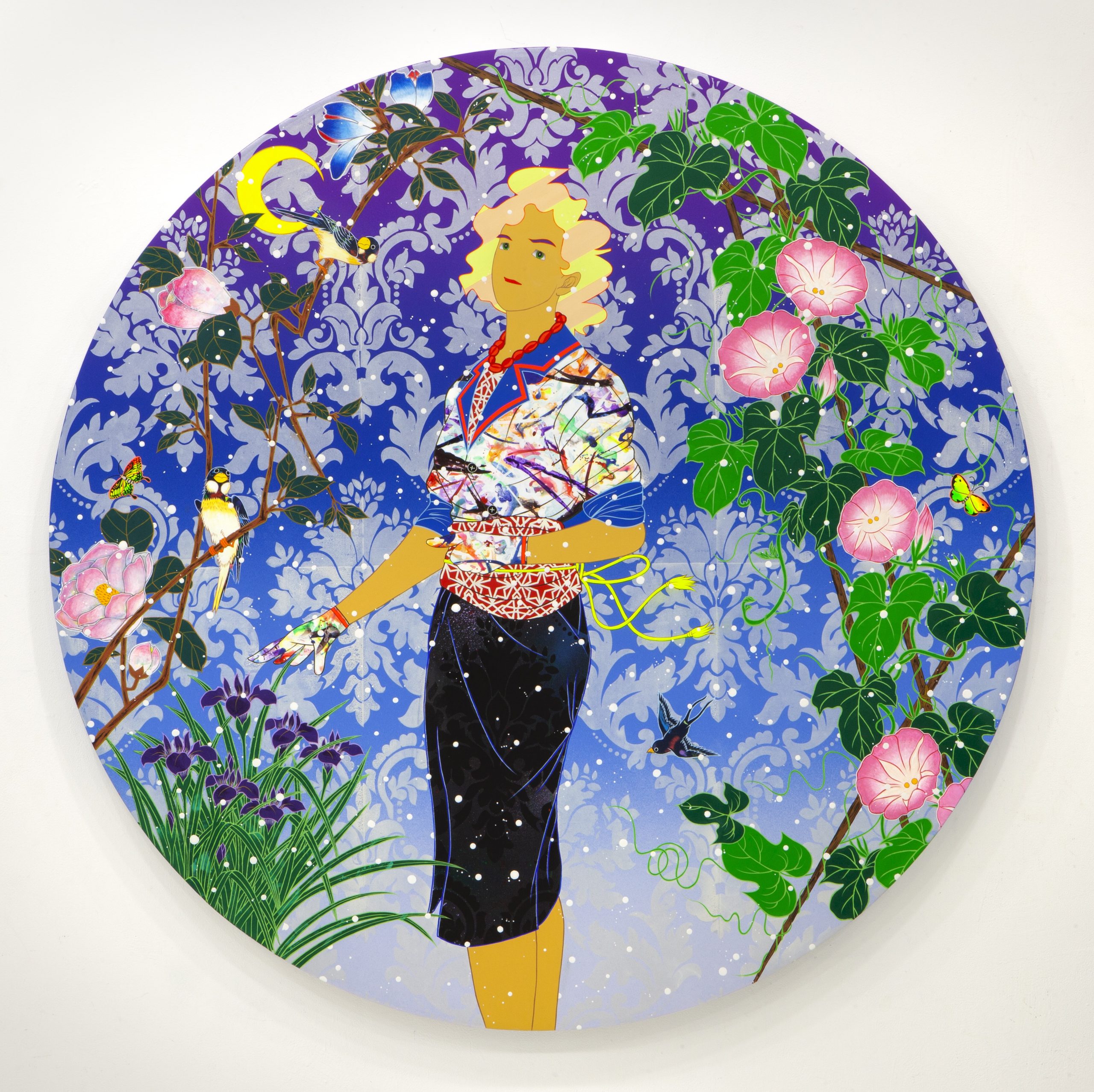
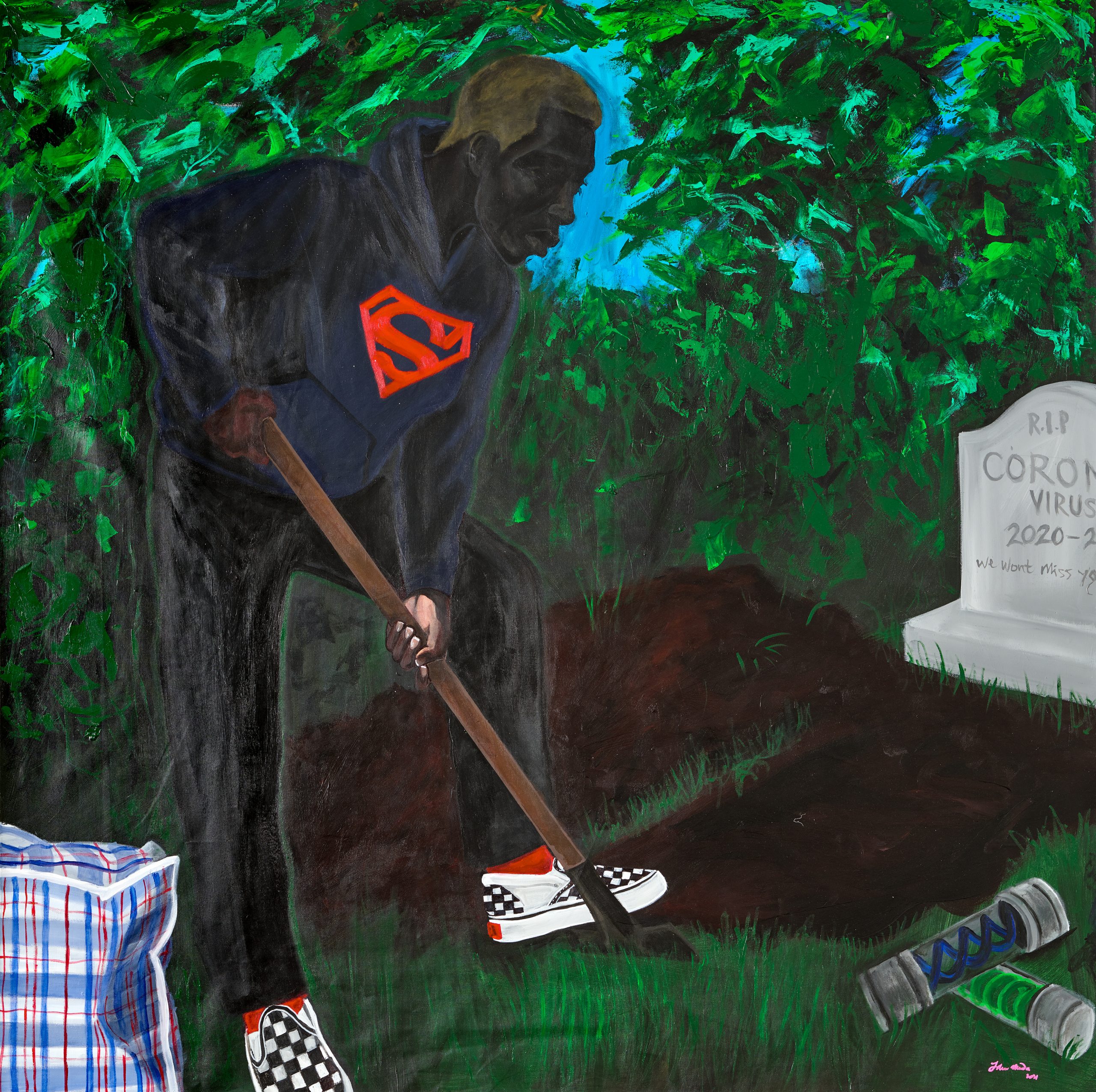
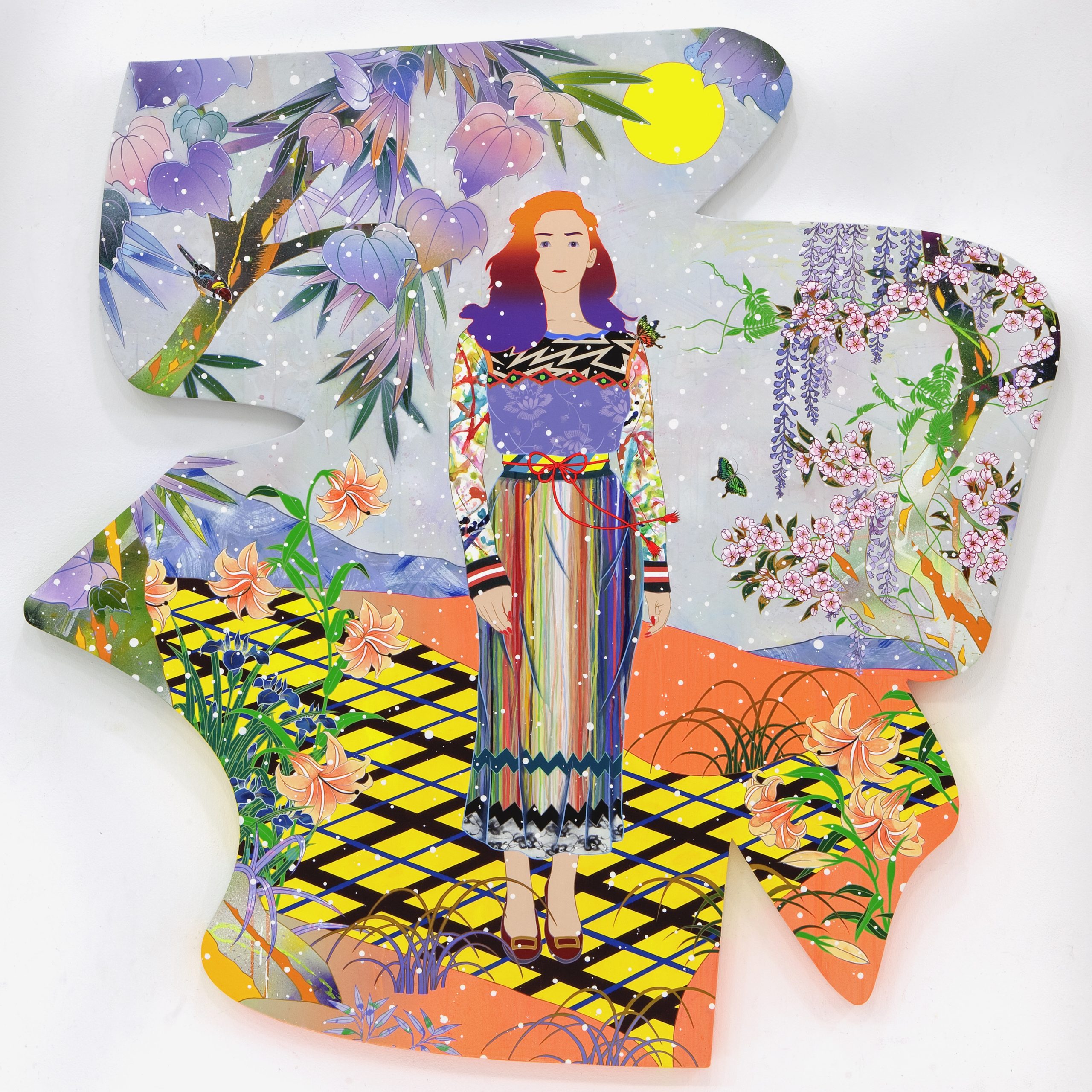
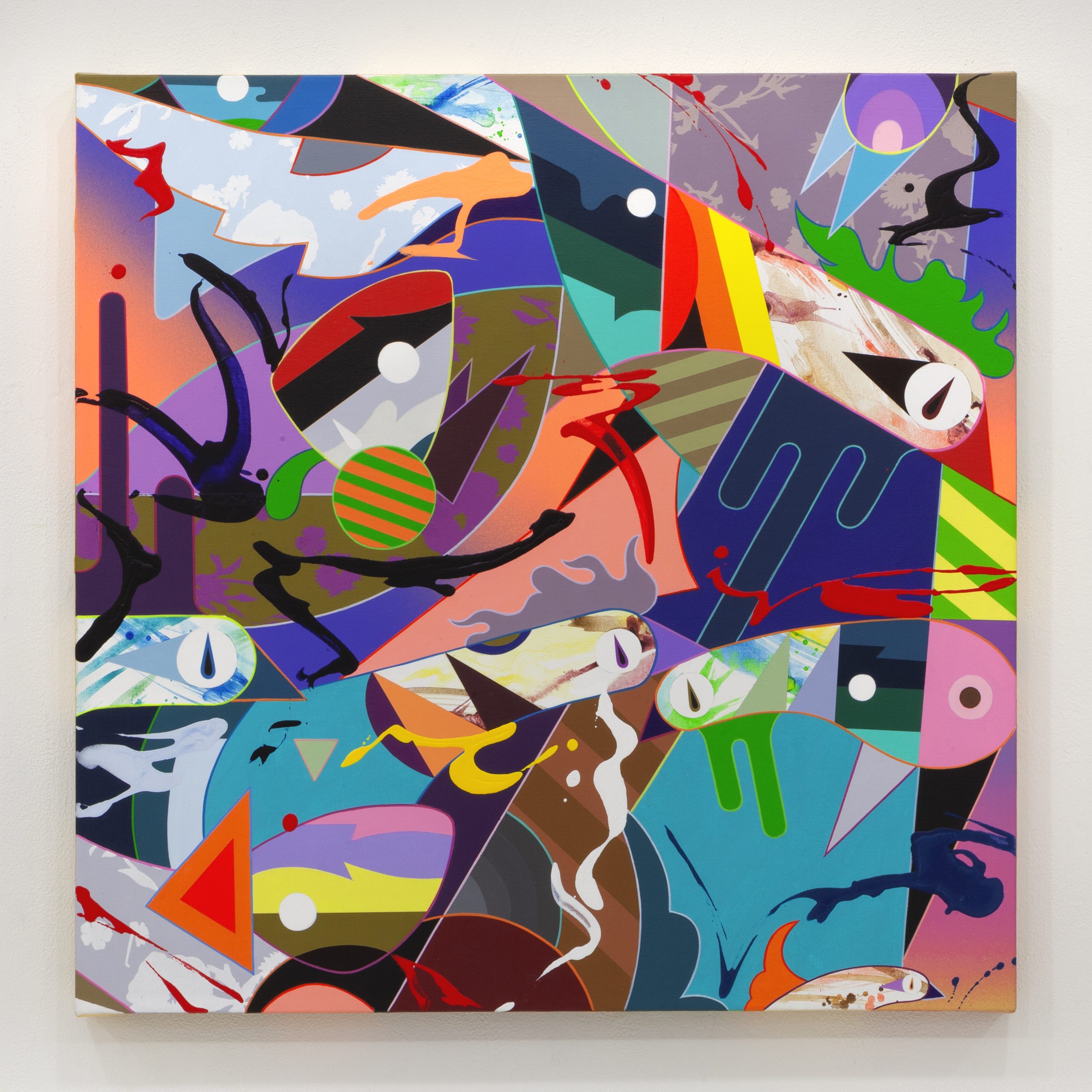
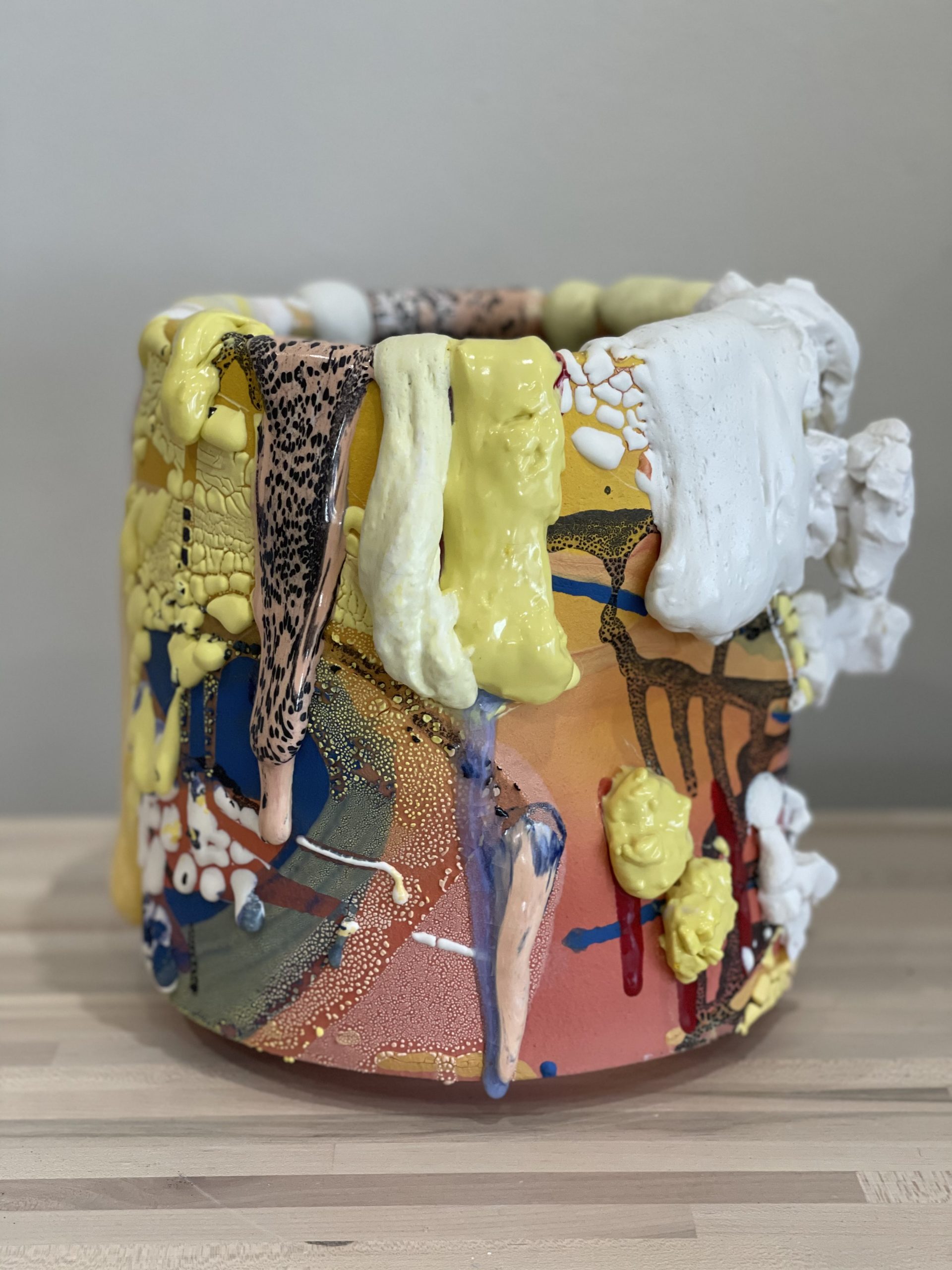
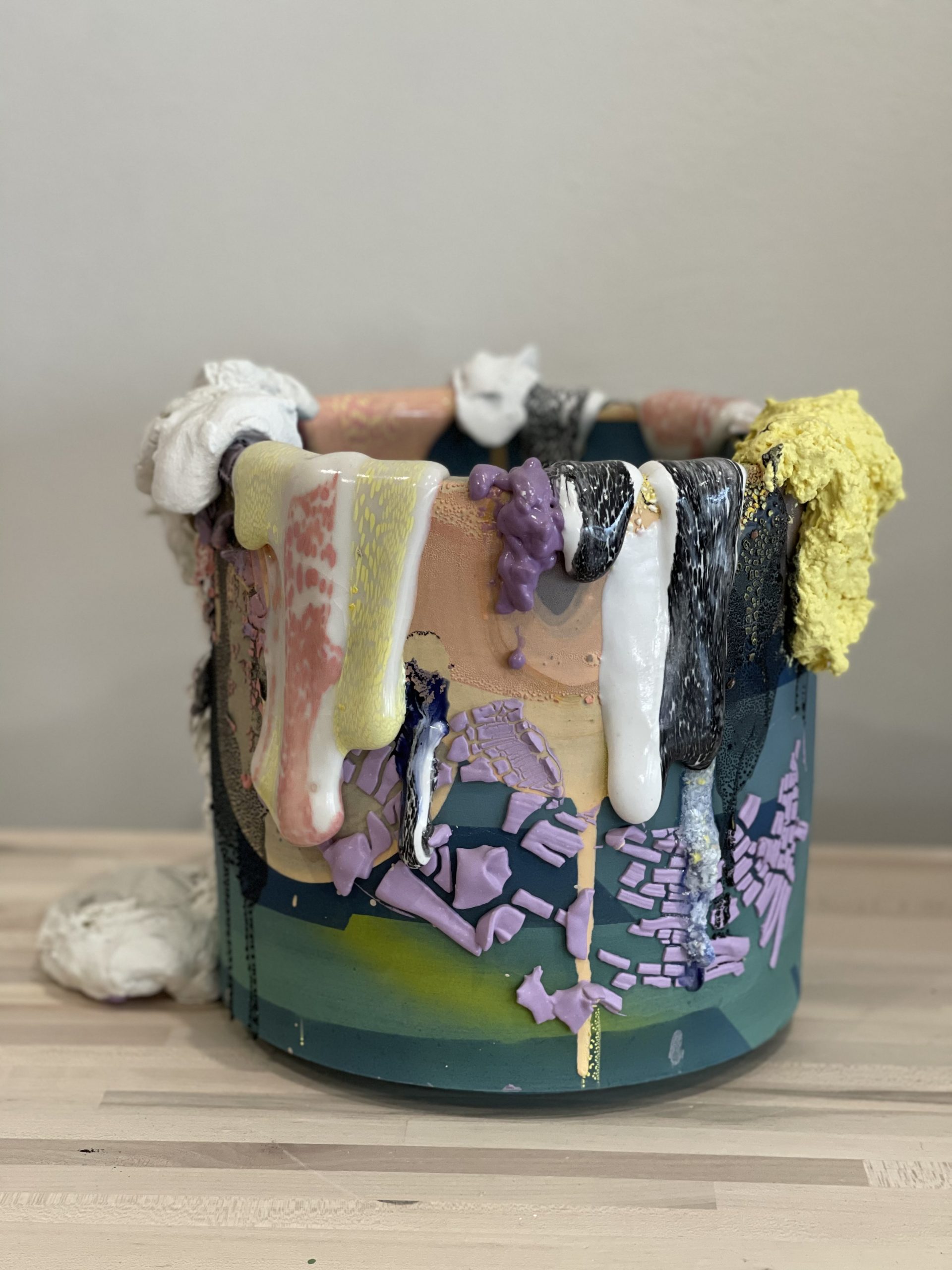
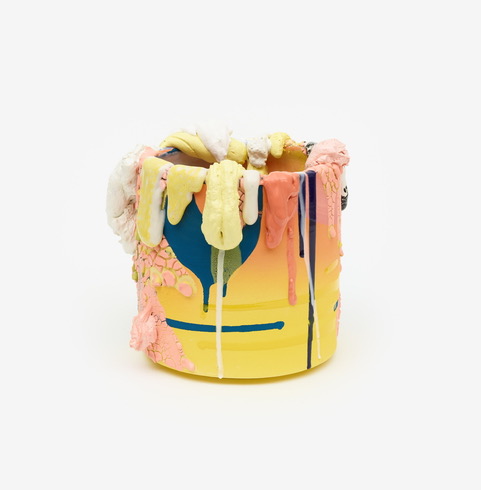
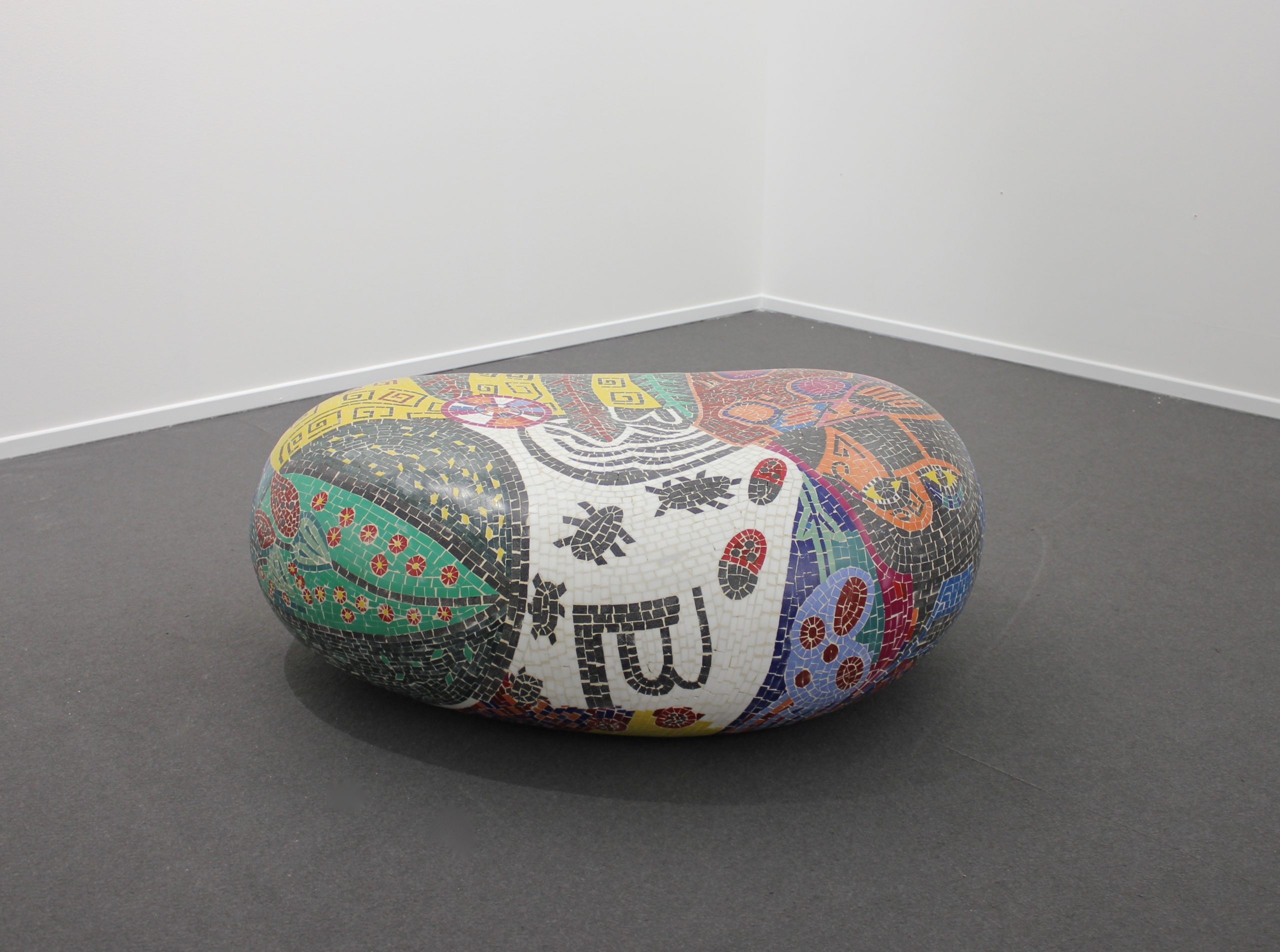
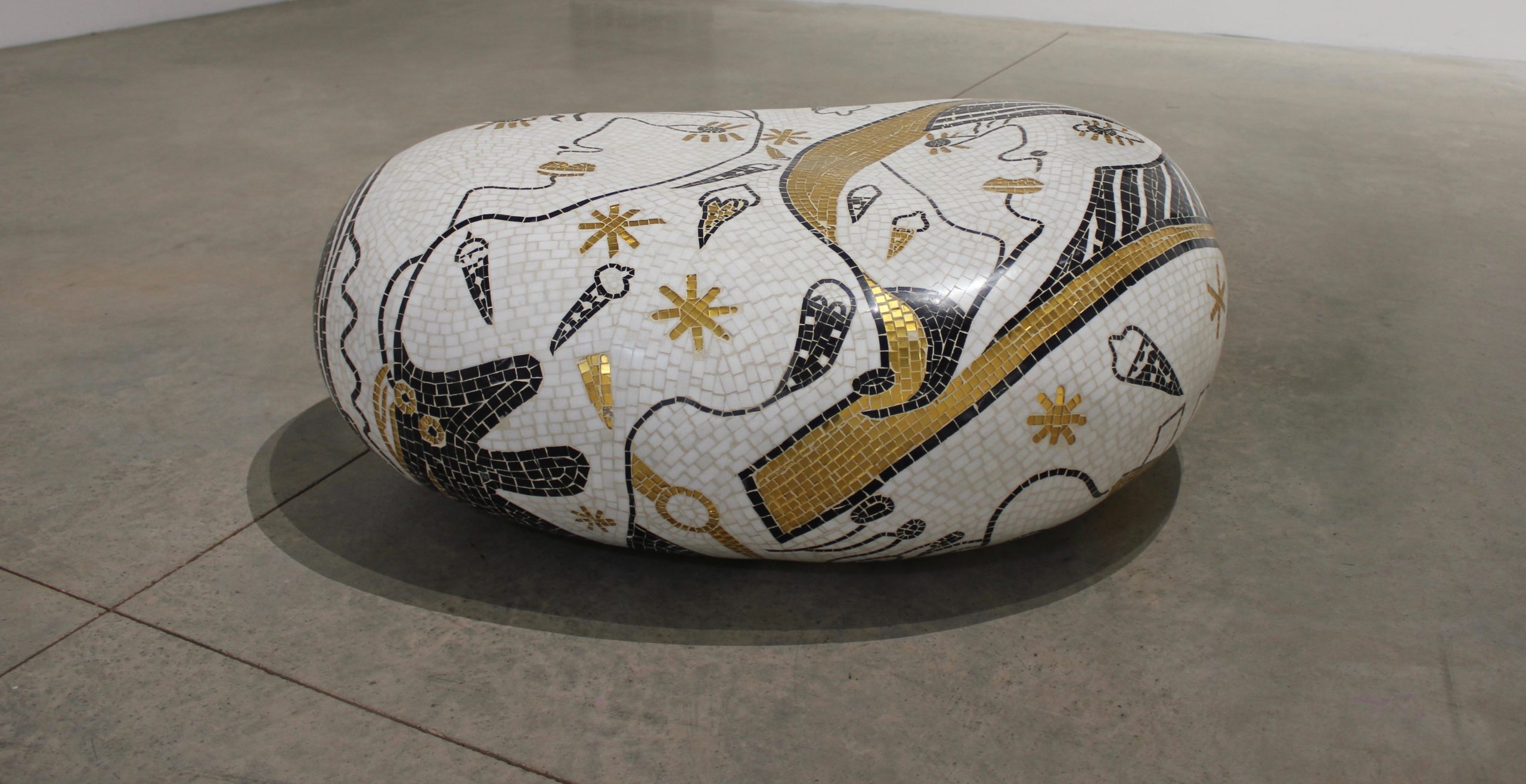
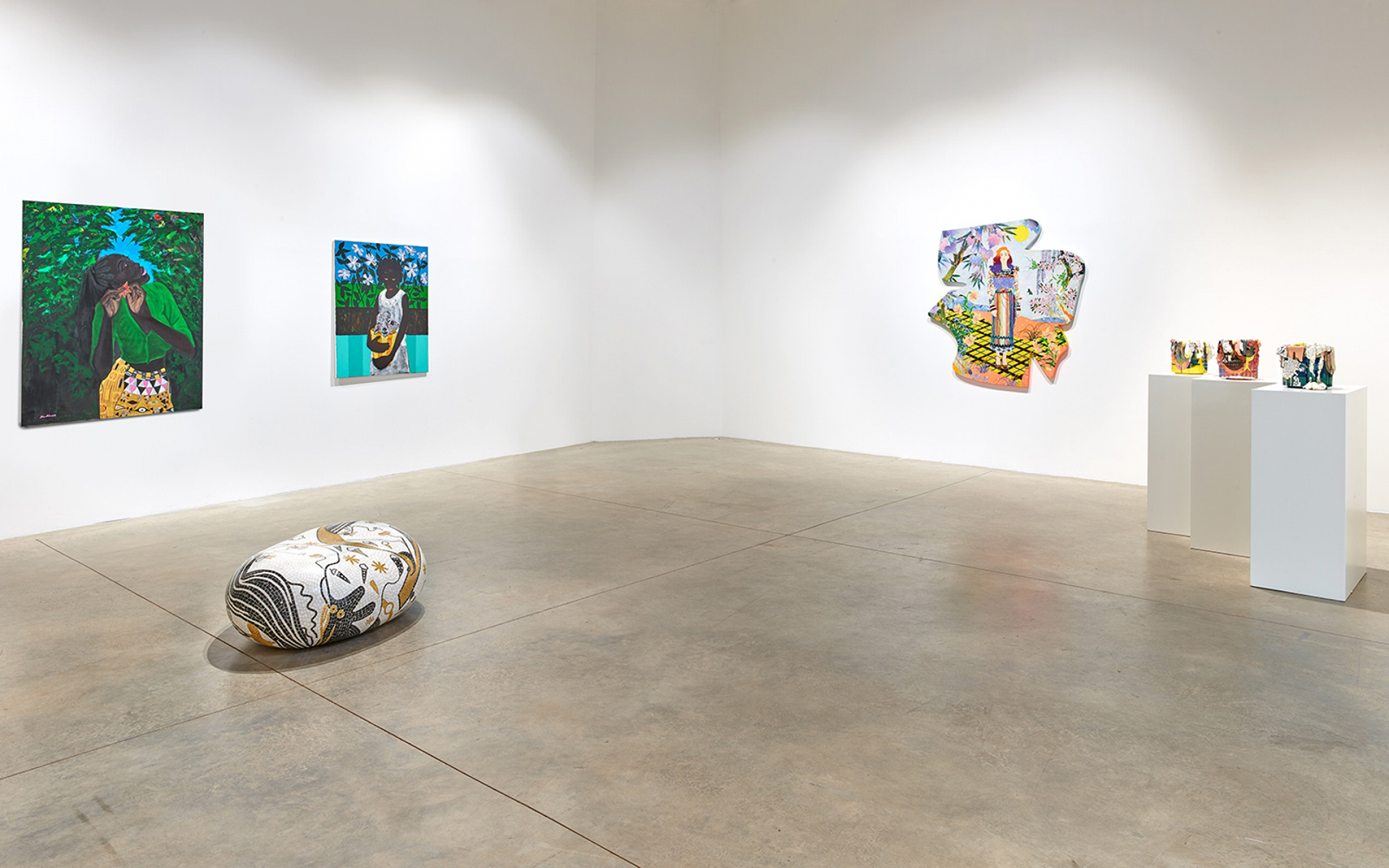
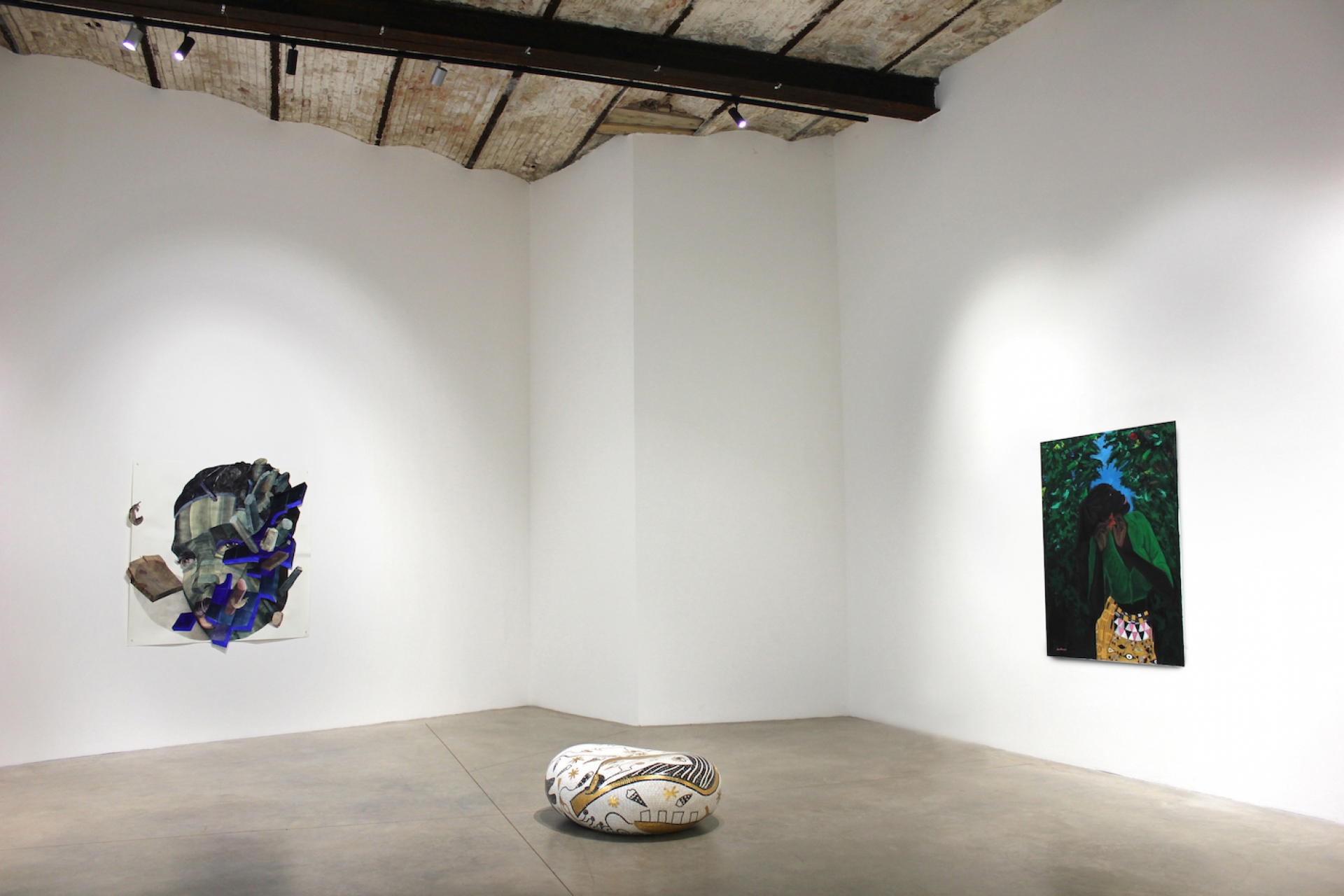
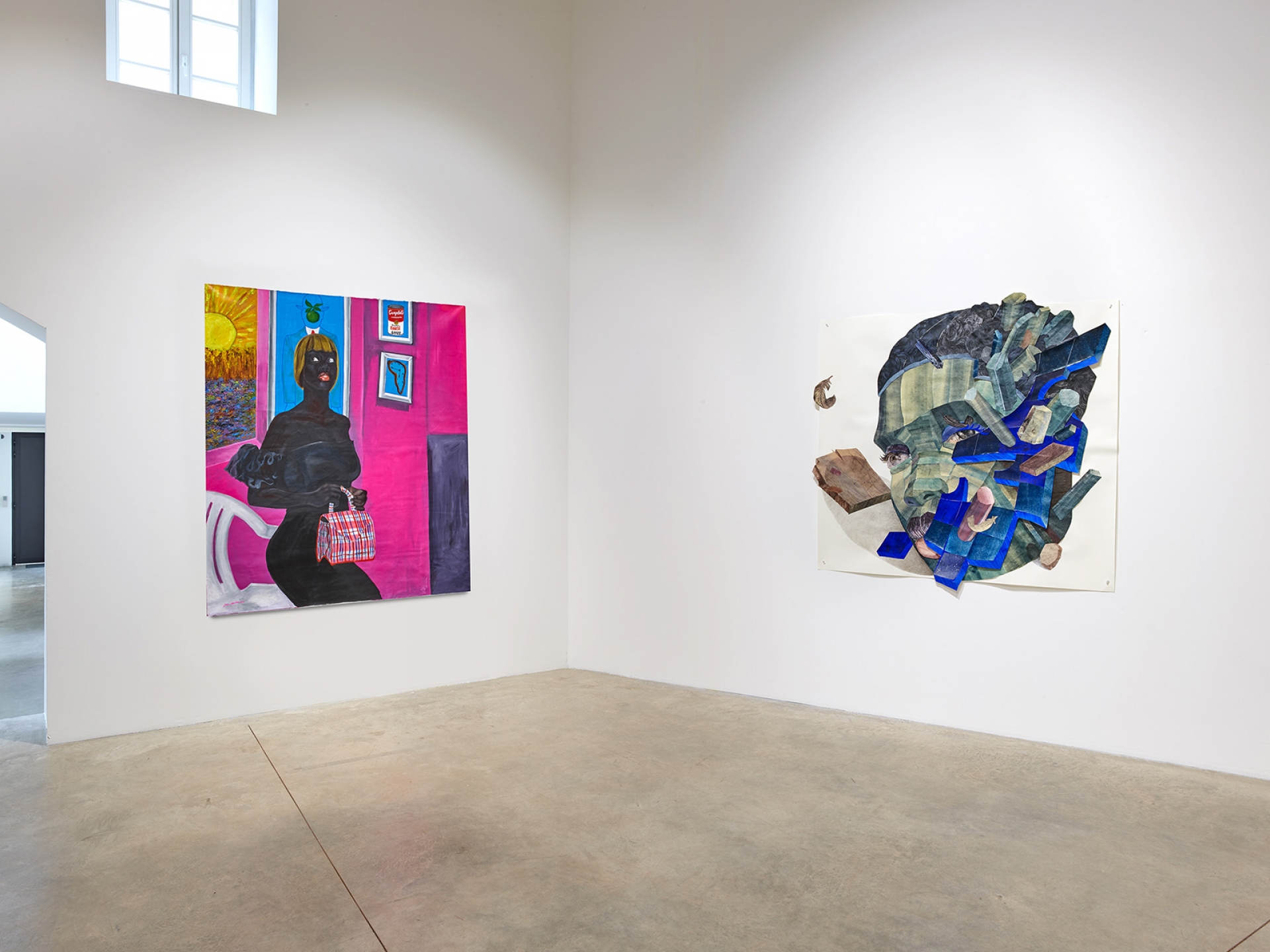
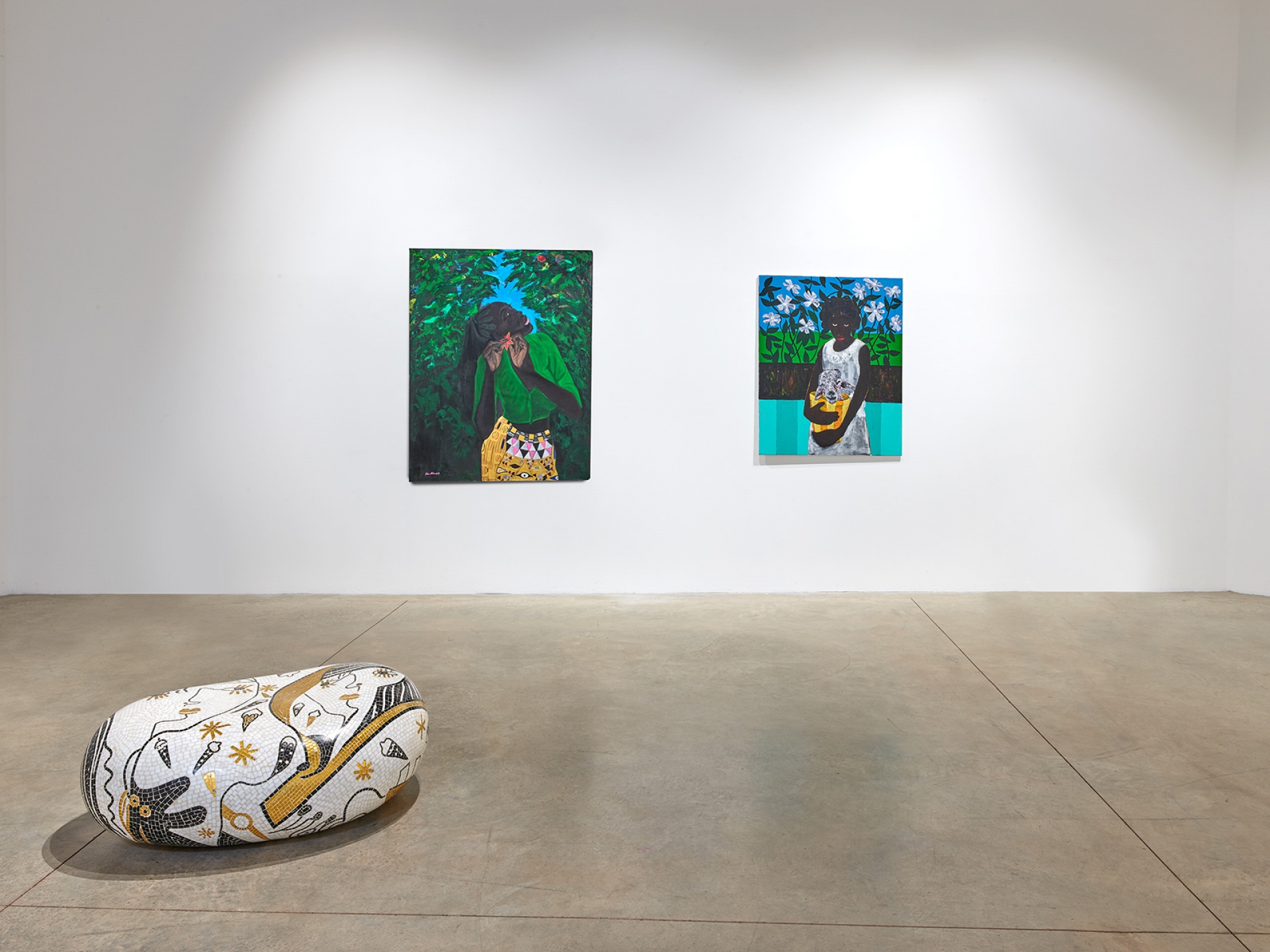
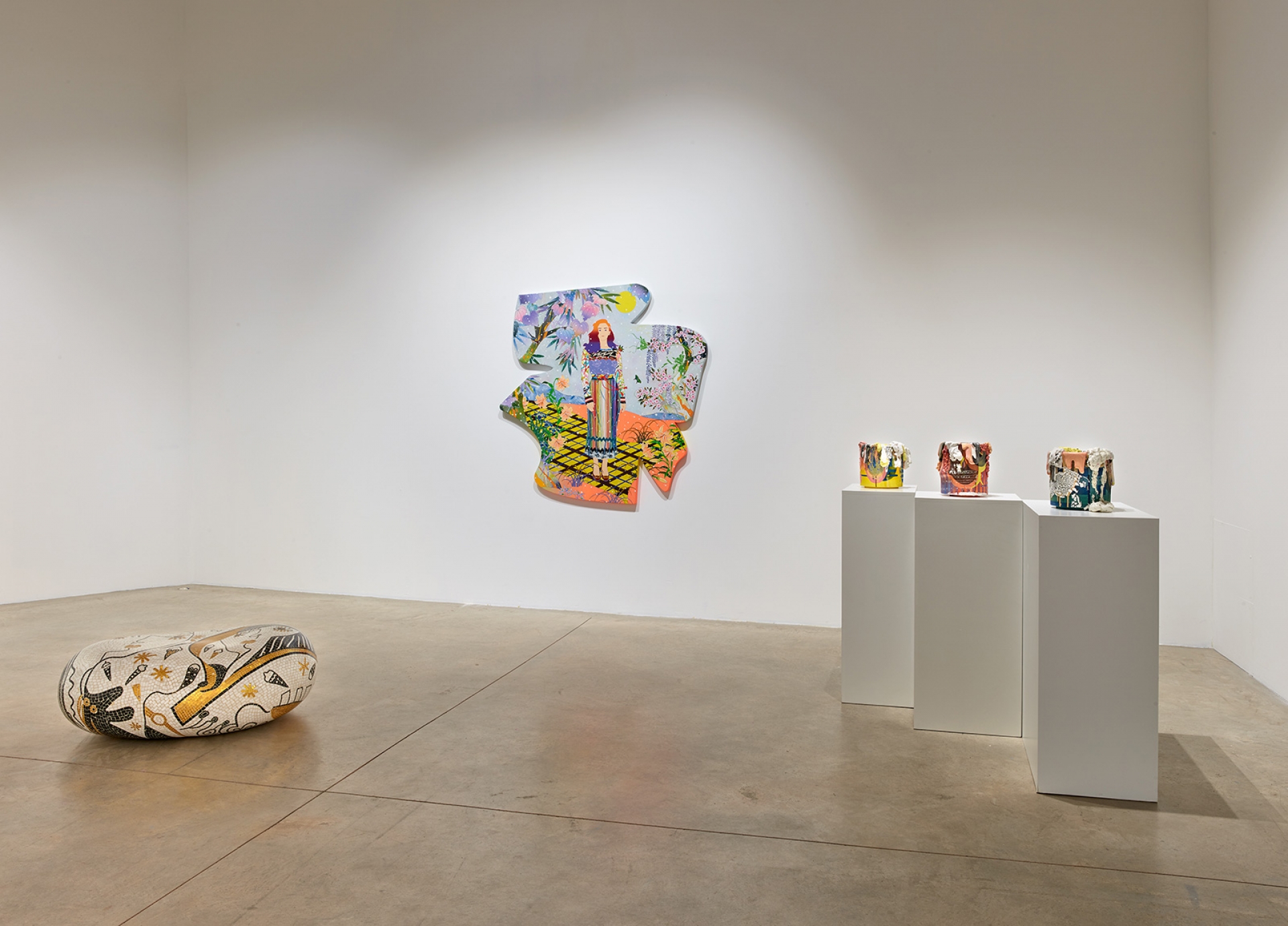
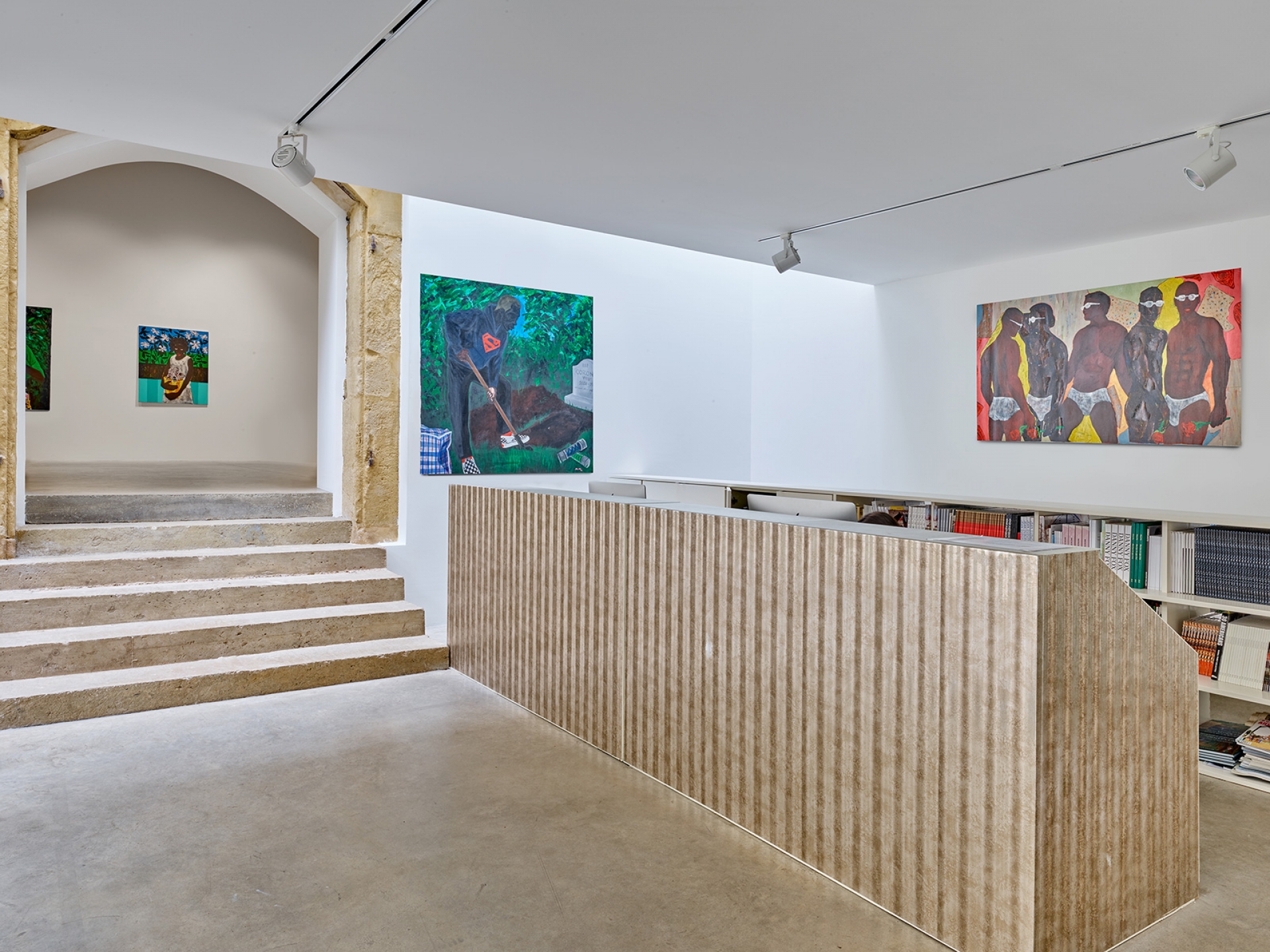
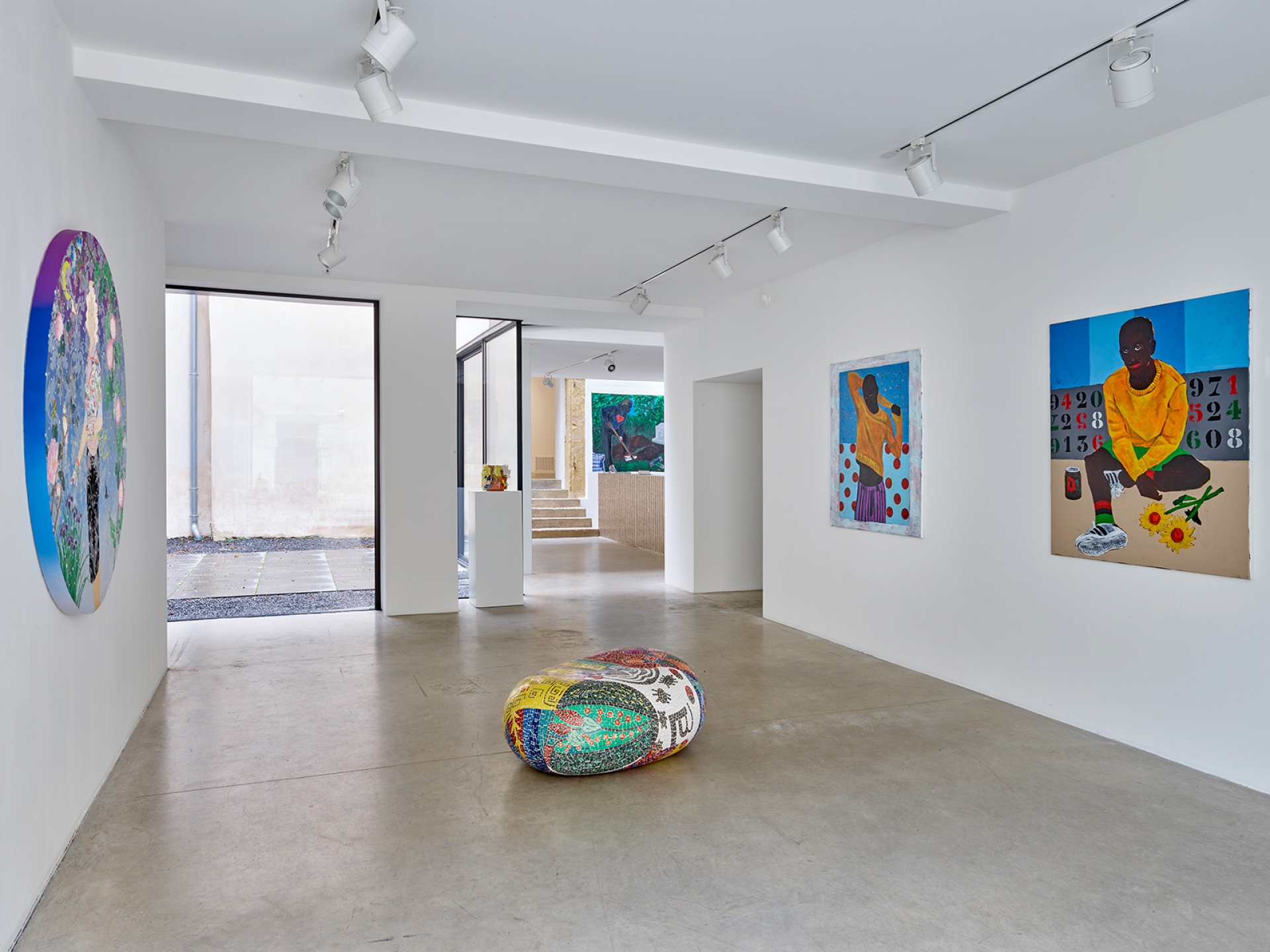


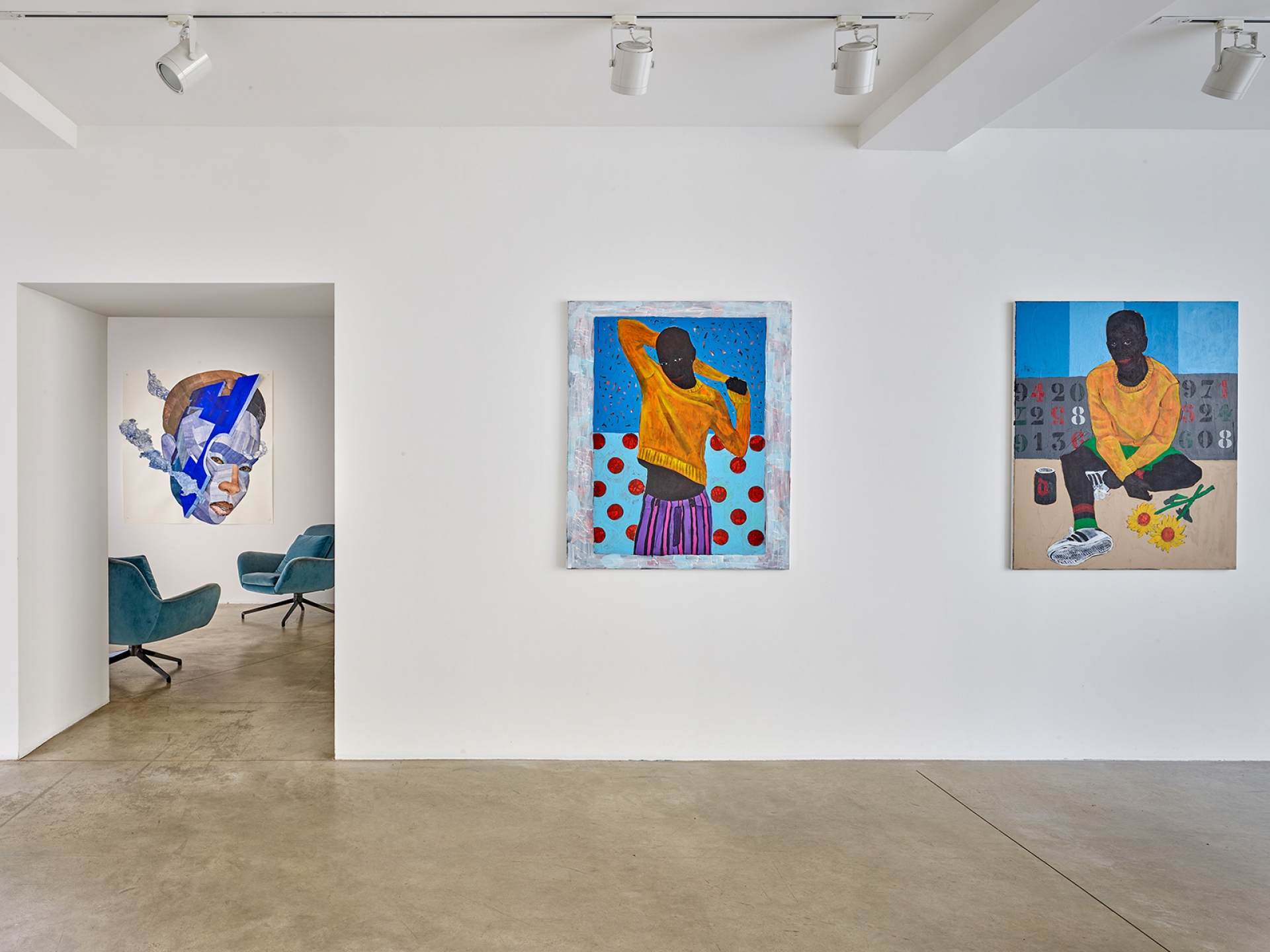

 UP
UP